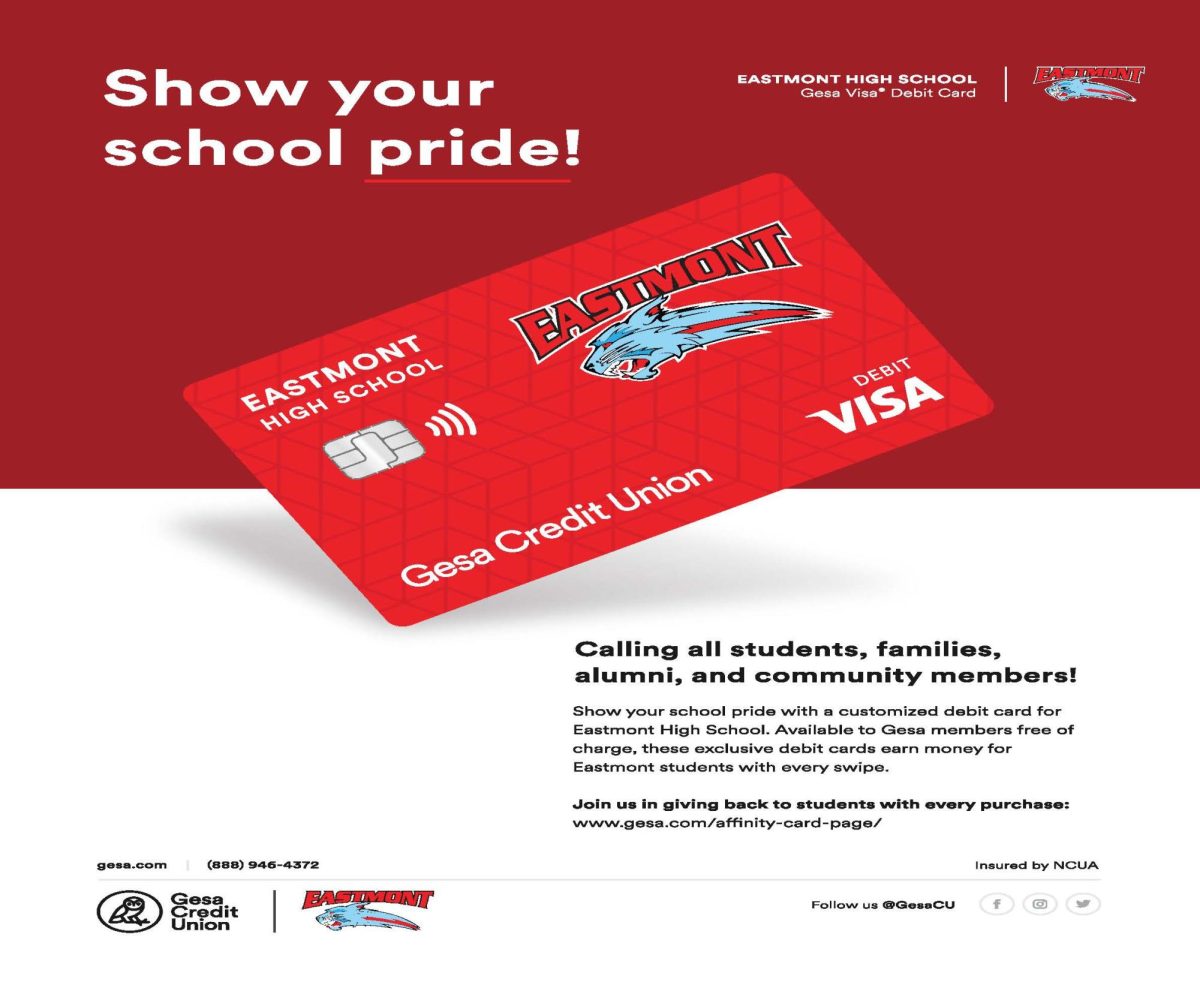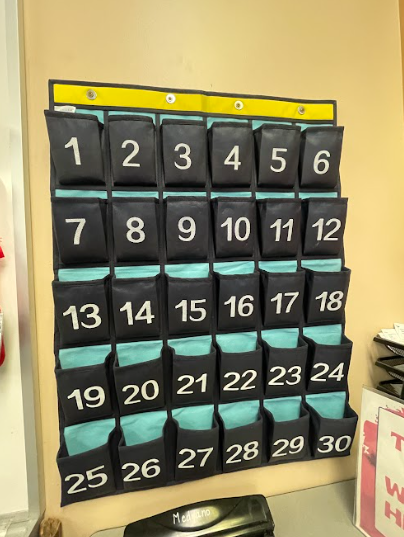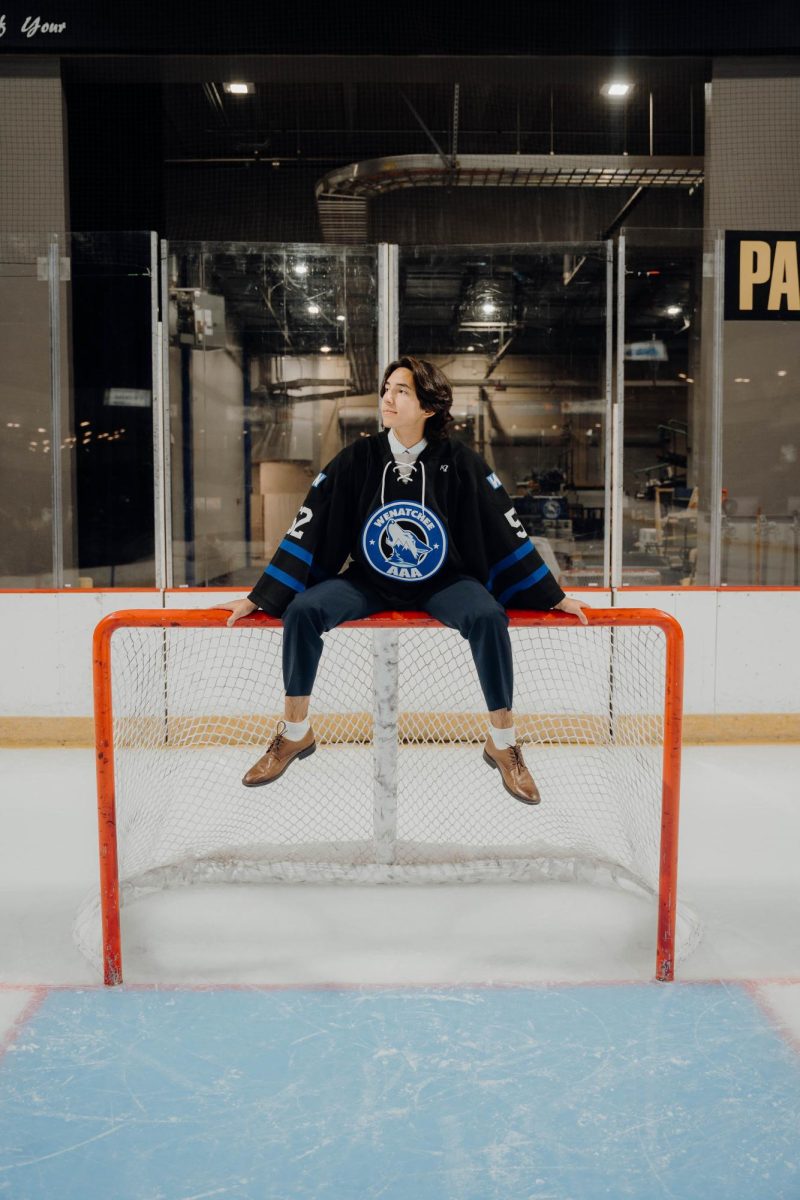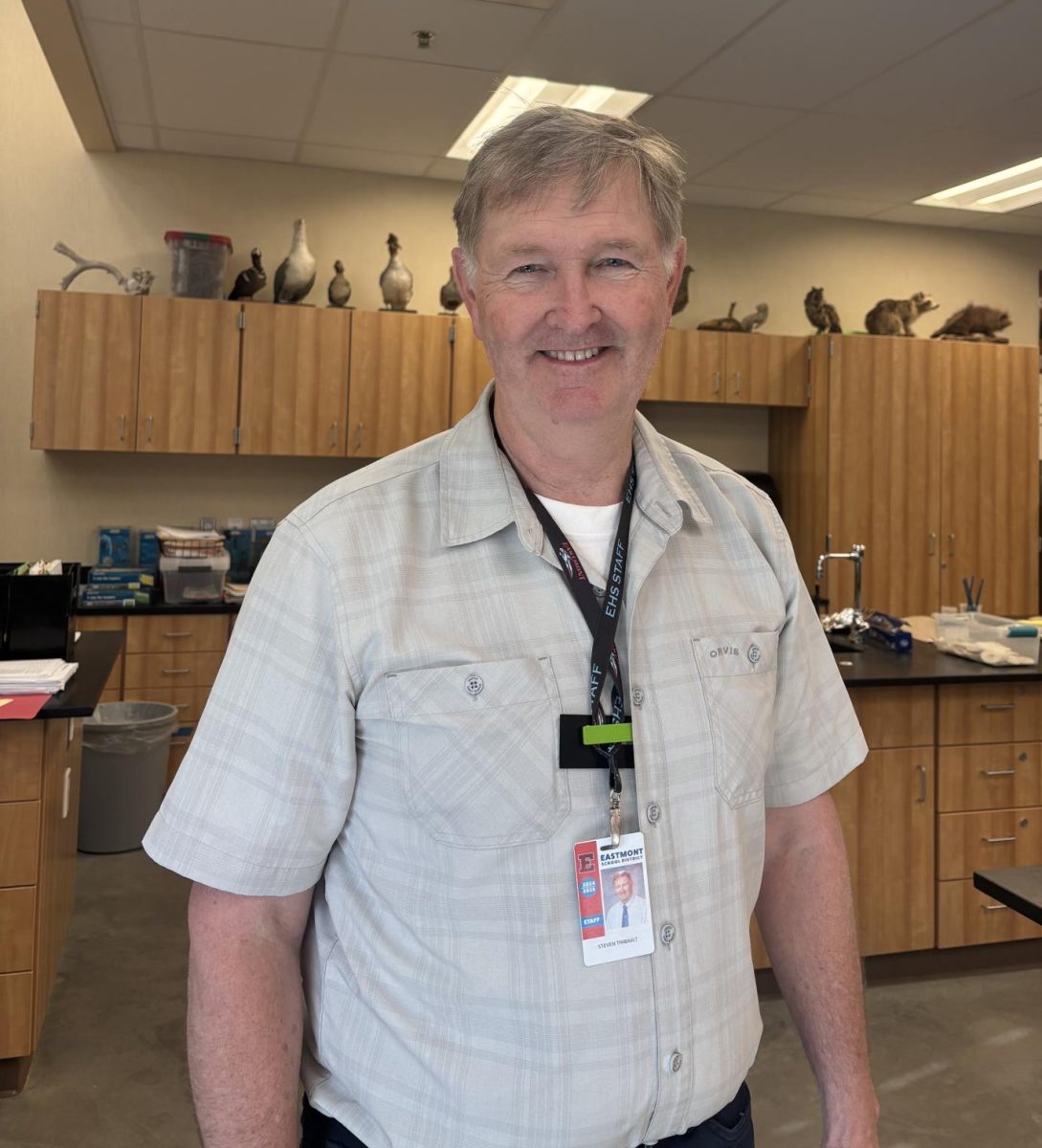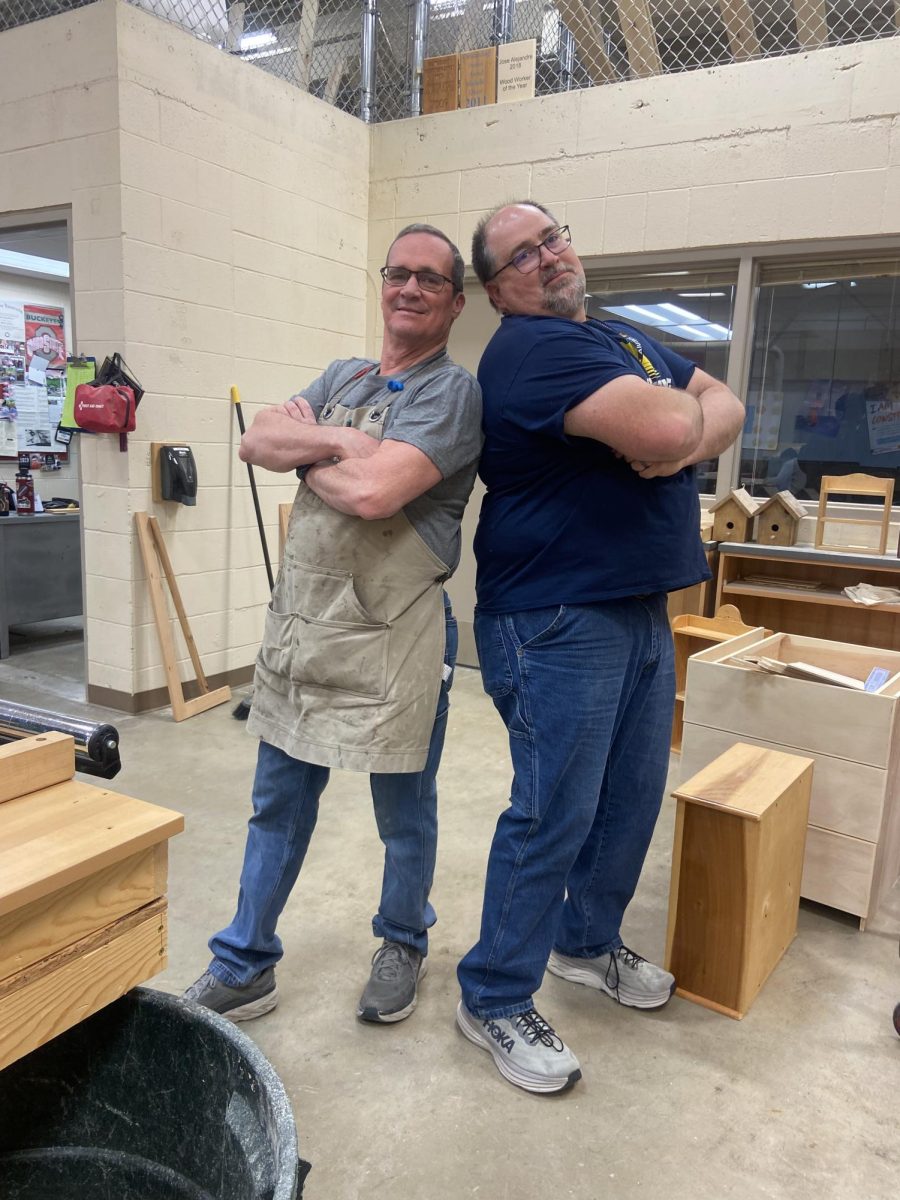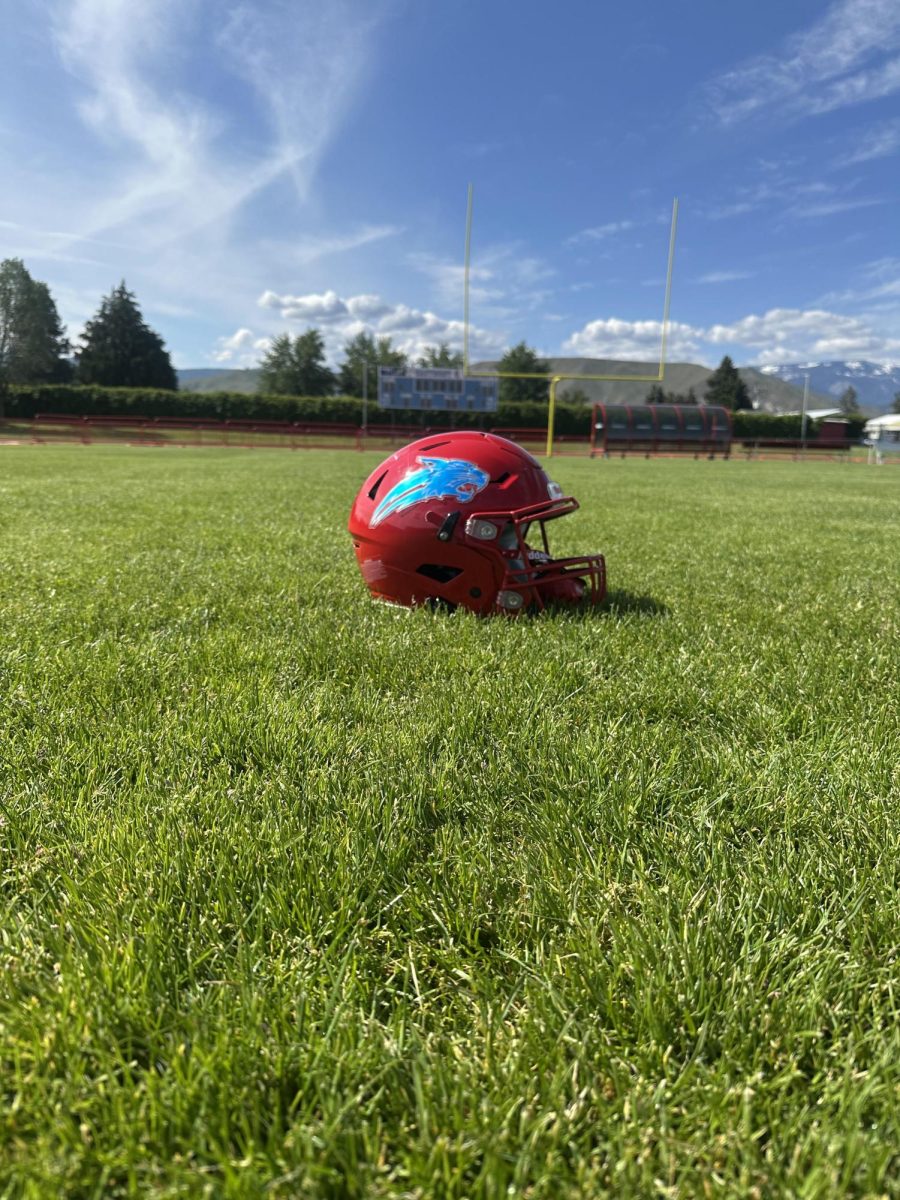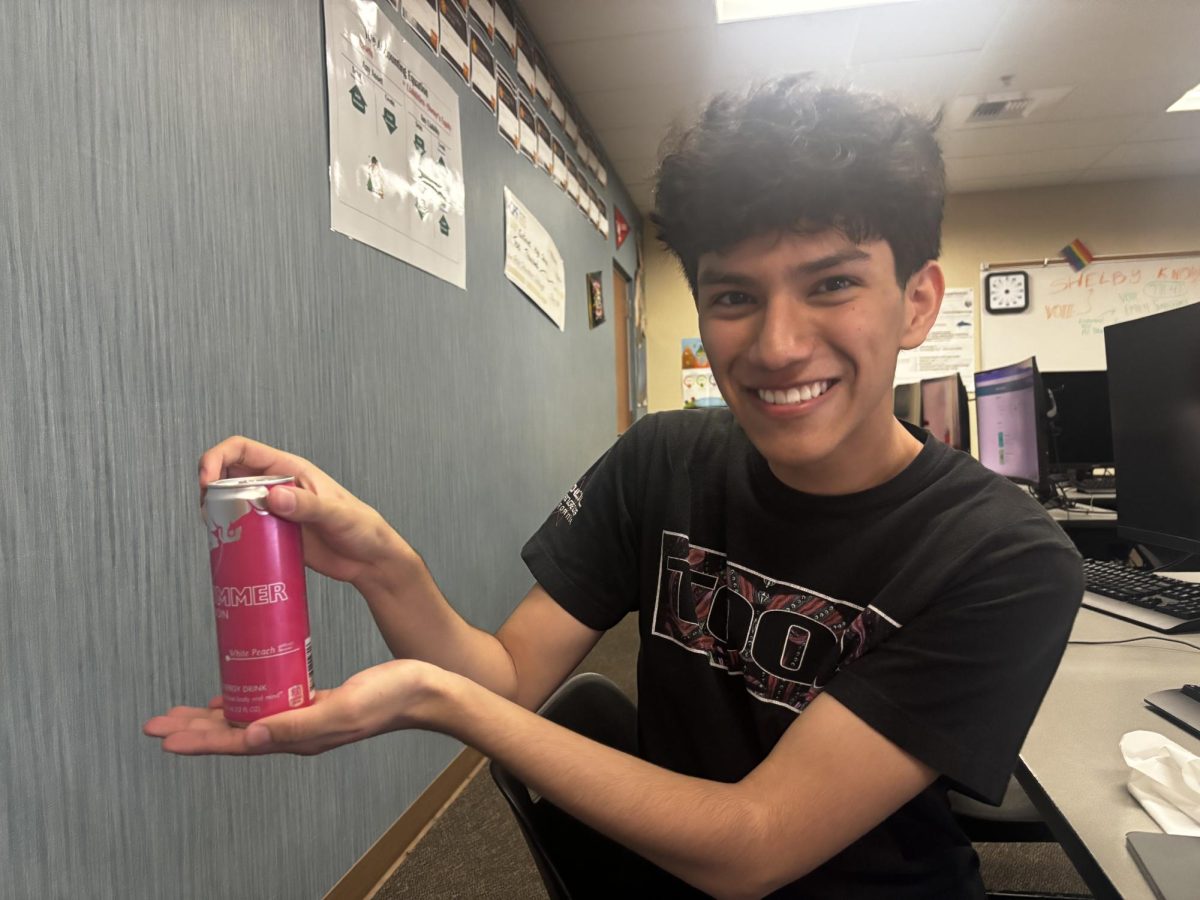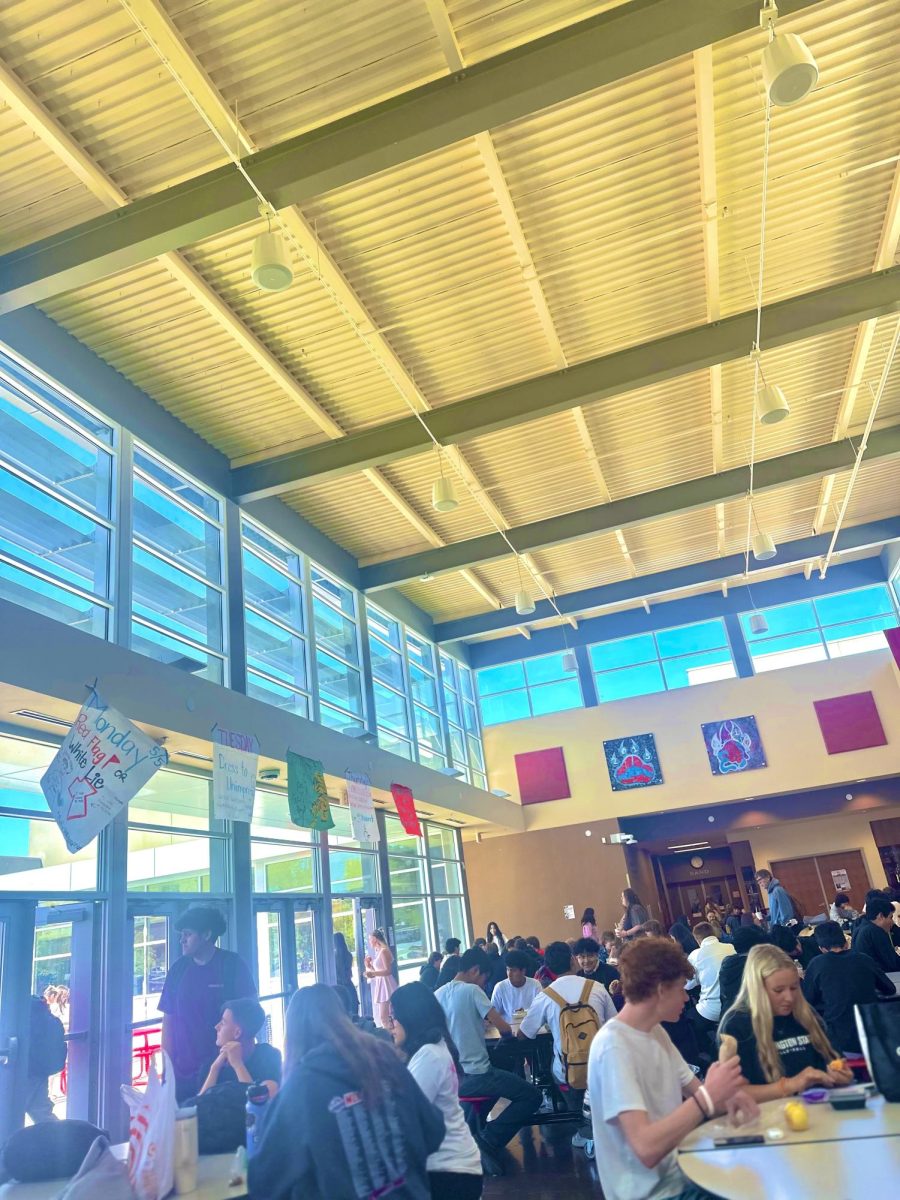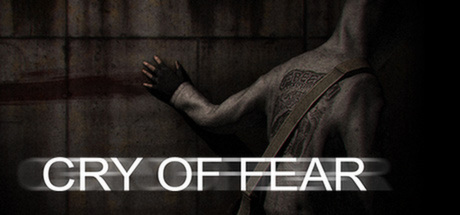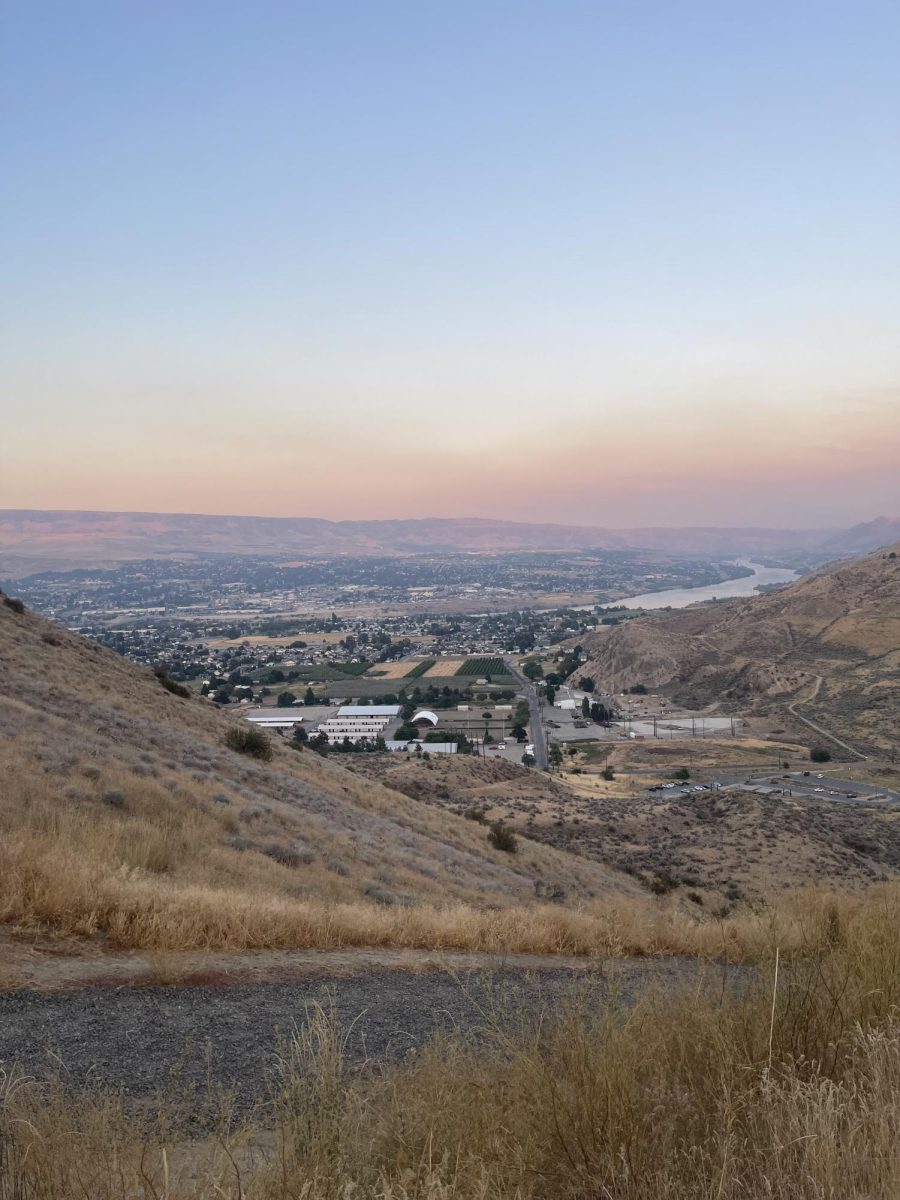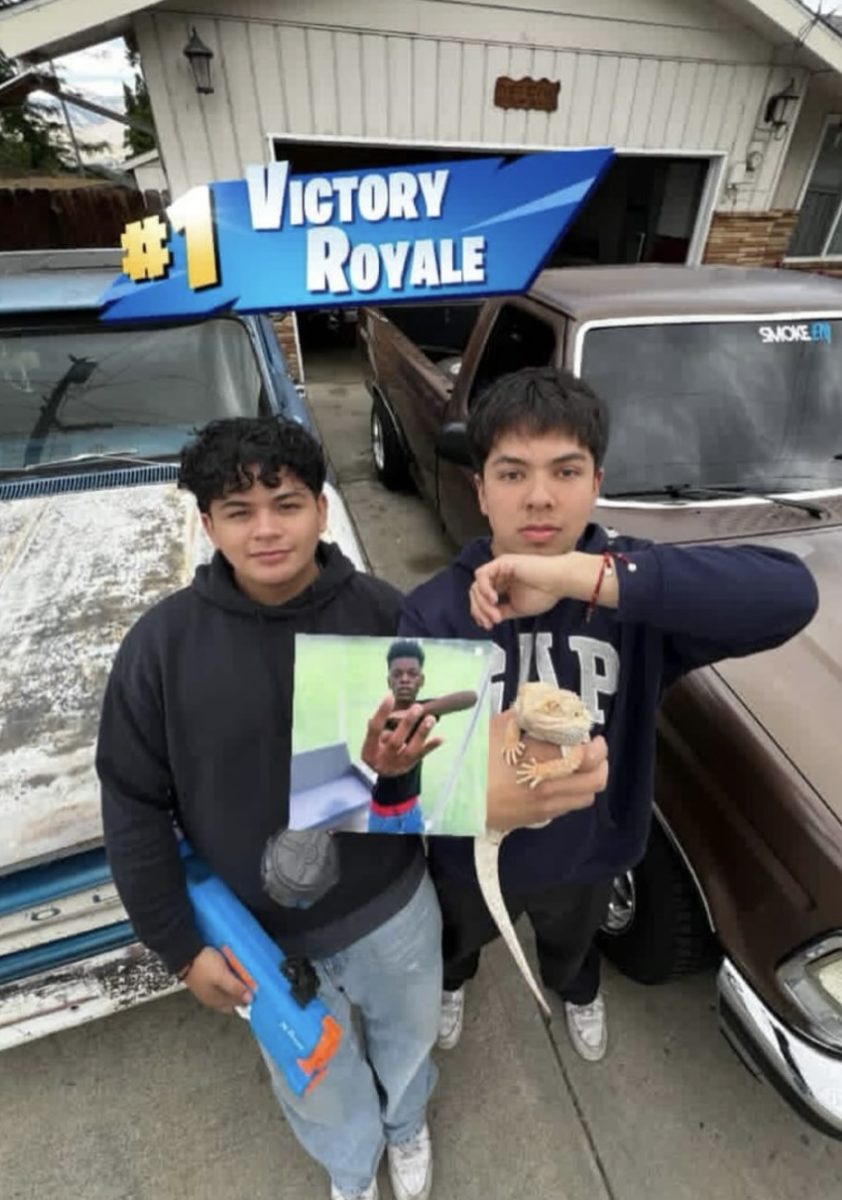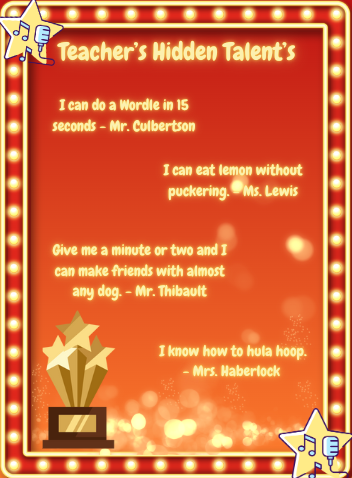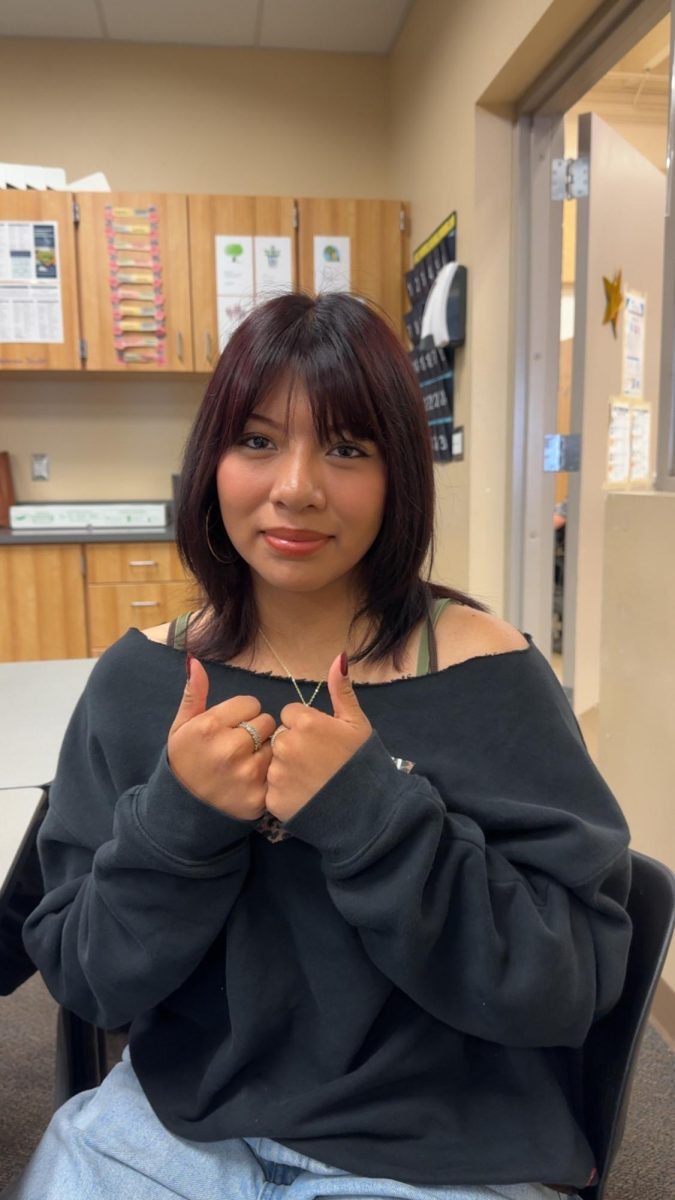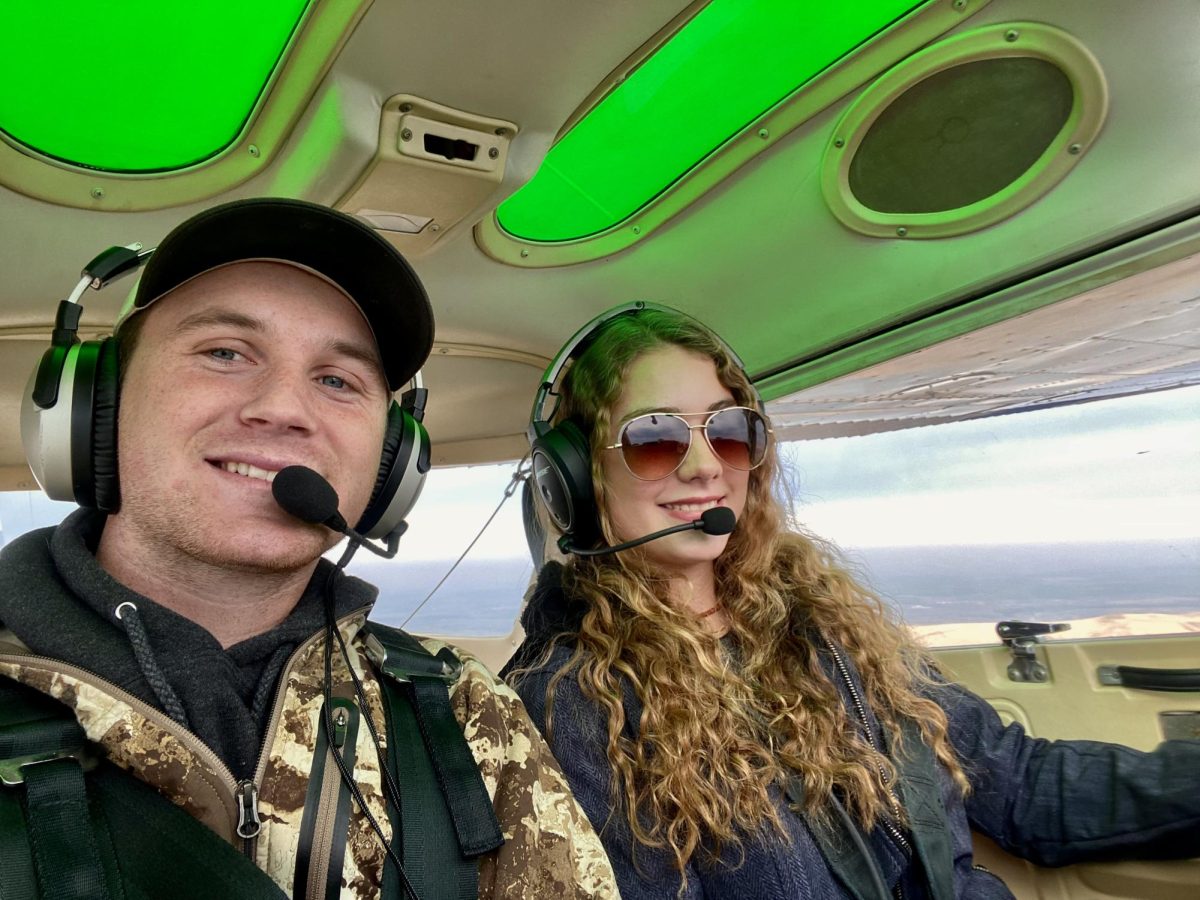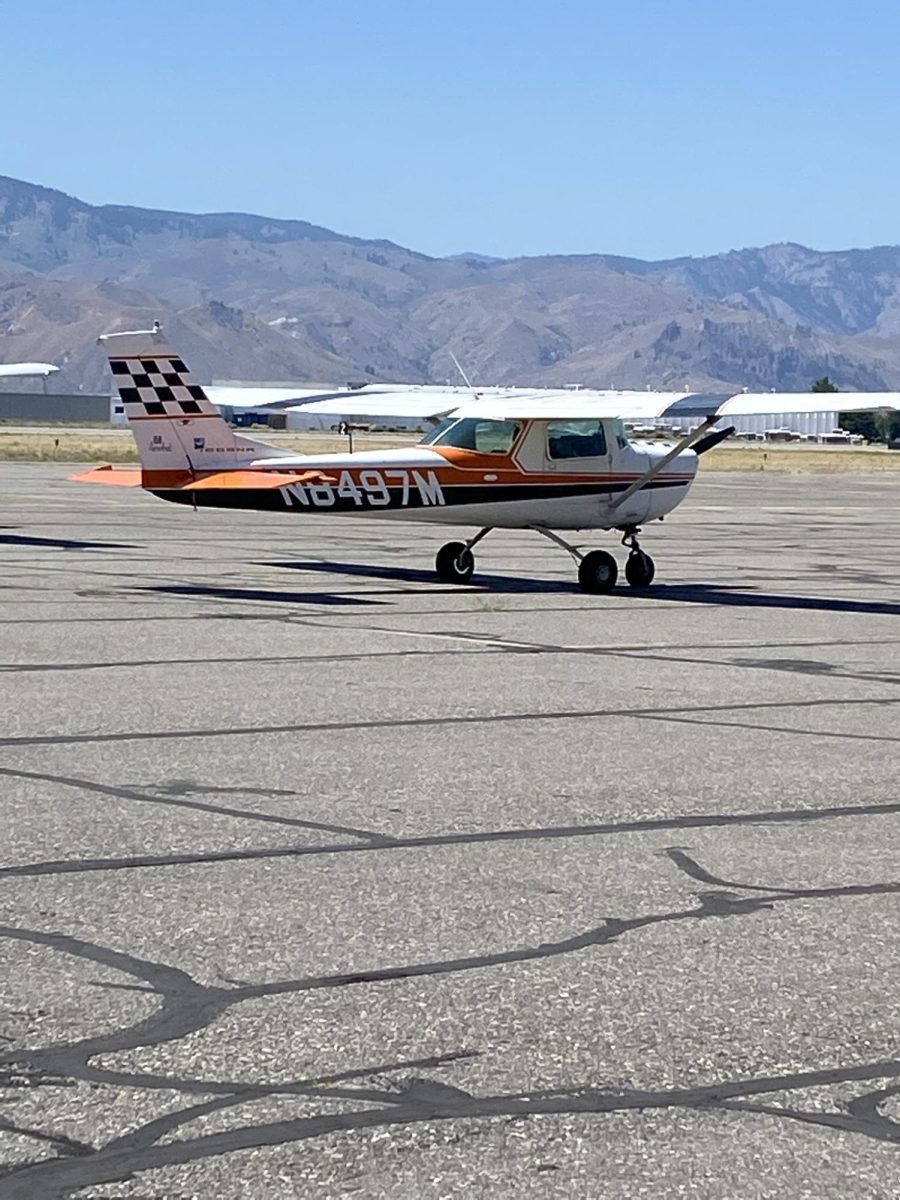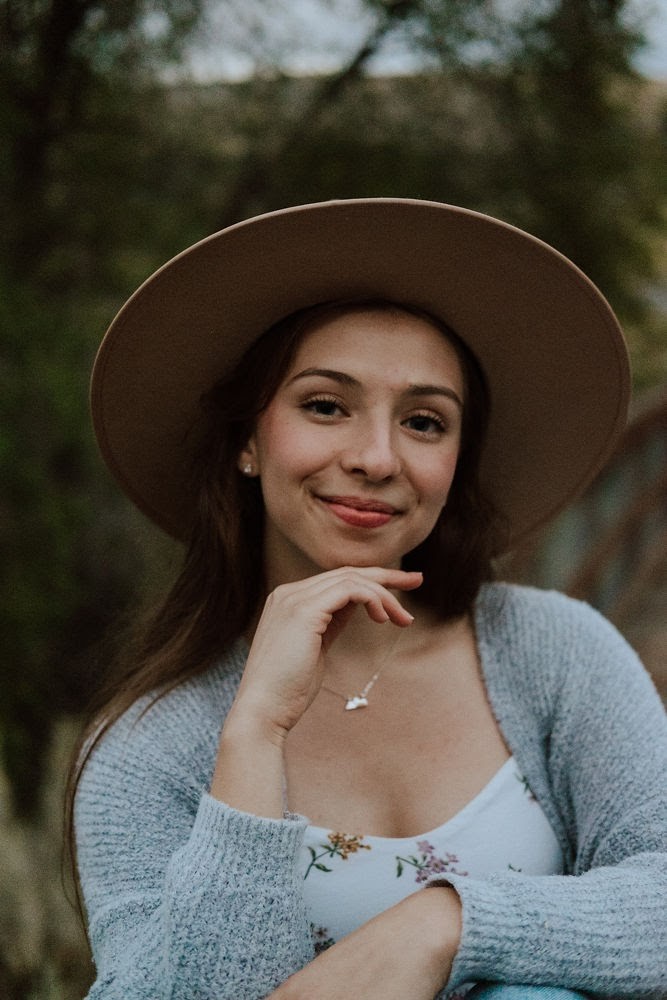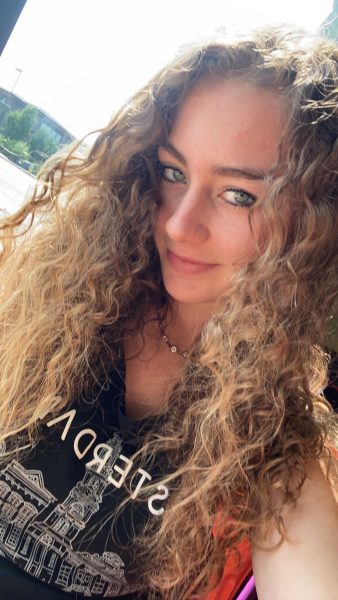My first flight was unforgettable. Walking towards the small Cessna-150 Aerobat, I had so many mixed feelings about this plane. Part of me had visions of Maverick from Top Gun, and the other part thought I might never make it back.
My instructor had me do a walk-around to check that everything was working, and after that, it was time to climb in. The plane was even smaller than it looked. It only held two people and it was a very tight fit. To start off, I went through a checklist which helps a pilot ensure that no important tasks are forgotten before take-off. I started it up, and the whole plane shook aggressively.
I decided to become a pilot because it has always been a dream of mine, and I get to enjoy it with my dad since he is learning with me. My dad and I always ask our instructor at the end of the lesson, who flew better. The answer is always me but the competition keeps the process exciting. I’m planning on getting my private license by the end of the year.
To do this, I need 40 hours of flying experience, for example, 3 hours of night flying, 3 hours of instrument training, 3 hours training with an authorized instructor, 5 hours of cross-country flying, and finally 10 hours of solo flight. To keep track of each flight, I write in a Pilot logbook. I also have to read the Pilot’s handbook of Aeronautical knowledge which prepares a pilot for the written and practical test. Once all of these things have been done, it’s time for the final test in order to earn your license.
Dell Morris, an experienced pilot in the Wenatchee Valley, commented on his first flight: ¨I was totally ecstatic! I waited a long time before I started learning to fly! The hardest thing for me to learn and memorize, was airspace¨
An interesting fact about flying, is that you only use your feet pedals to taxi the runway. It takes getting used to, but eventually becomes a steady movement.
A local pilot and flight instructor, Josh Williams added,”The first time I flew I was pretty excited. The most challenging thing for me to learn was coordination of the airplane. Those pedals on the floor actually mean something I guess.¨
The flying community in the Wenatchee Valley is tight knit. Many share a private hanger in Cashmere. Gary Shale is one of these pilots.
Shales, a current search and rescue pilot, commented on what he thought the hardest thing to learn about flying was.
¨How to know when to say no, and don’t continue and land.”
Shale has seen a lot during his 35 years of flying. He began his career in the army, serving during the invasion of Panama and even crash landed in a military helicopter after taking small arms fire.
Shale continued, ¨We´re all taught from birth to see things through so from the safety side of things, it is always better to land and survive then continue and possibly perish from it.¨
Every time a plane is ready to take-off, a radio call always has to be made to keep order on the runways.
My first time flying I was nervous to make the call: “ Wenatchee traffic, Cessna 8-4-9-7-Mike taking off runway 3-0, Wenatchee traffic.” After that, it was clear for take-off. I pushed the throttle all the way in, and it rattled along the way before rising into the air.
Once we got to flight altitude, I had a perfect view of the Wenatchee Valley. By then, all my fears had vanished and it was the most calming experience of my life. We were able to hook music up to our headsets, and enjoy the sunset for a few hours before landing.


